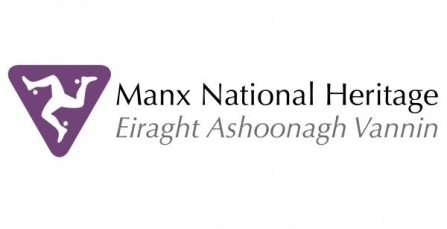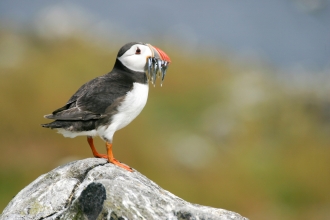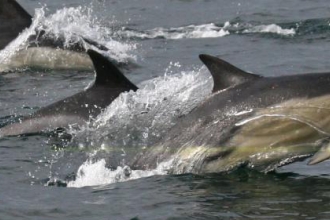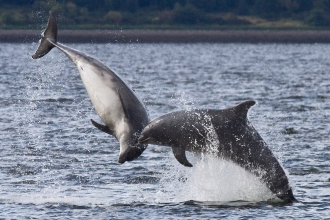What to look out for
The Isle of Man boasts a wide diversity of habitats for sea and coastal birds. There are spectacular cliffs, wide sandy beaches, a unique lichen heath, coastal grasslands and some salt marsh. Beaches backed by sand dunes, maritime heath, gravel pits and freshwater ponds provide complex bird habitats.
The Island has some excellent seabird colonies and a thriving breeding population of the rare chough, which can be seen on almost any visit to the coast.
- Visit the Sugarloaf, in the south, to see an impressive display of nesting guillemots, razorbills and kittiwakes
- The beaches at the Ayres alongside our MWT Visitor Centre are host to pairs of little, arctic and common terns. Please take note of signs and keep off the beaches during nesting time. There's even a small colony of puffins around Peel Hill, while black guillemots nest in Peel harbour wall
- Many waders and waterfowl such as redshank and wigeon visit the Island during their annual migrations and in the winter
- Around the Manx coastline in the summer gannets plunge dive from great height to catch unsuspecting fish
Calf of Man Bird Observatory
The Calf, off the south of the Isle of Man, is a small islet with an internationally significant landscape and habitat that shelters a vast array of wildlife. Ideally situated, it has been a Bird Observatory since 1959 with around 33 species of birds breeding here annually, with many other species passing through on migration, such as the Eastern Bonelli's warbler and other rare species. It's also home to many seabird species including Manx shearwater, razorbill, cormorant, shag, gulls, guillemot and eider, which are attracted to the steep cliffs and sheltered bays.
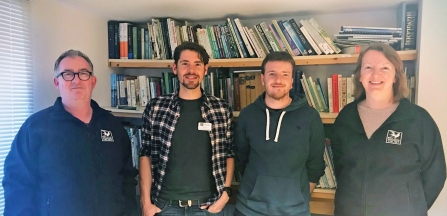
The Calf of Man is owned by Manx National Heritage (MNH). The Bird Observatory is managed by Manx Wildlife Trust, in partnership with MNH. Our MWT Bird and Estate Wardens and volunteers carry out a programme of bird ringing and observations each year. The data collected by our team makes an internationally important contribution to the understanding of bird migration and is shared with the wider scientific community. Data is also collected on seals, whales, dolphins, invertebrates, plants etc which is recorded on the NBN atlas for the Isle of Man.
The island welcomes visitors and boat trips can be taken to the Calf from Port Erin or Port St Mary.
Puffin sightings should be reported to our Marine Officer at lara@manxwt.org.uk


